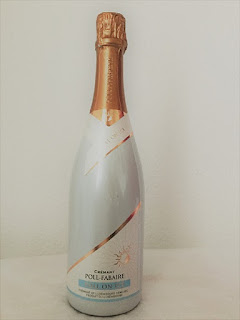Harvest!!!

Vandangeurs at work “Indeed, your threshing will last for you until grape gathering, and grape gathering will last until sowing time You will thus eat your food to the full and live securely in your land.” Leviticus 26:5 There’s something super-scriptural about harvest time. Be it the harvesting of apples, cherries or grapes, the time signifies the reaping of what has been sown. The joy of a fruitful harvest is however never guaranteed. Hence wine producers pray steadfastly for perfect climate conditions for their particular grapes, which in turn, make different types of wine. Apples ripe for picking The Moselle region of Luxembourg is famous for the harvesting of grapes (Vintage) during the months of September–October annually. Vineyard growers or owners and vandangeur (French word for grape pickers) gear up for the hard work of cutting, separating dead leaves, weeds and bugs from the grapes and transporting them to the production factories of famous wine houses...

